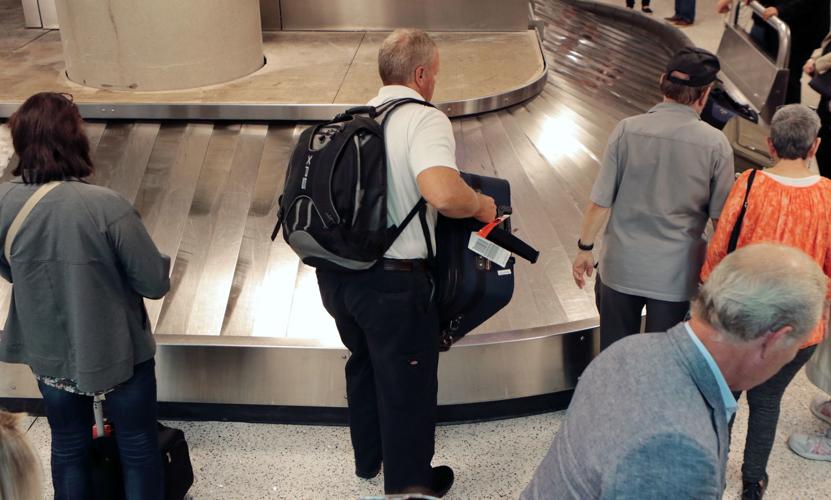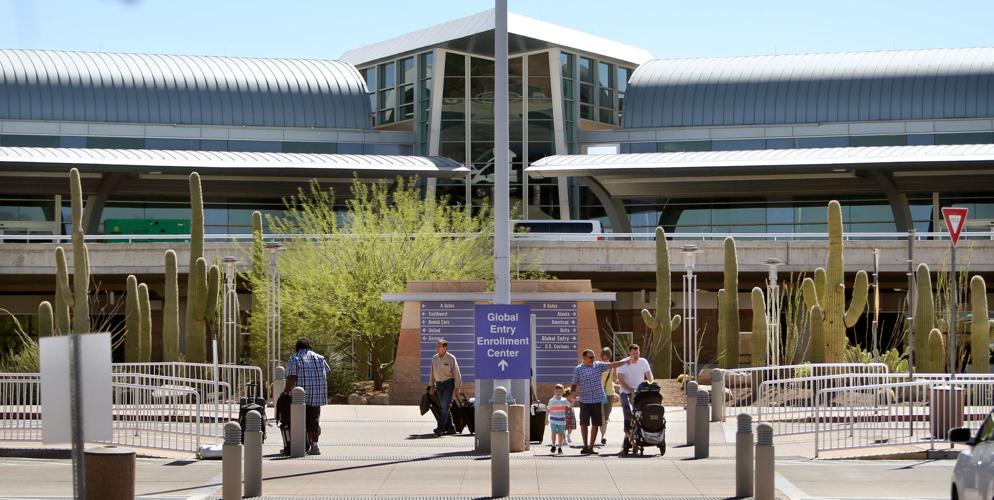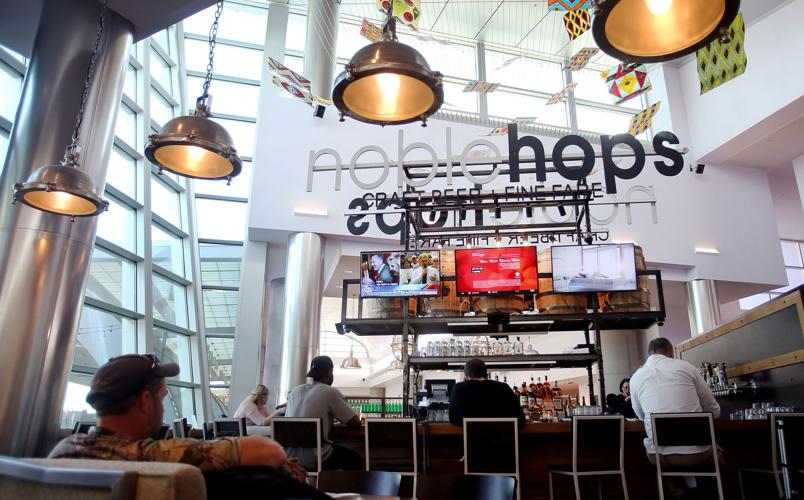Tucson International Airport and Ryan Airfield pumped an estimated $7.4 billion overall into the local economy in 2017, including jobs at airport tenant companies and indirect impacts, according to the first study of its kind since 2012.
The two airports managed by the nonprofit Tucson Airport Authority had a direct economic impact — including the payroll of airport tenants like Raytheon, airport operations and spending by air tourists — totaling $4.5 billion, according to an analysis conducted for the airport authority by Scottsdale-based Elliott D. Pollack and Co.
The study, based on 2017 surveys of airport business tenants and air travelers, shows the important role airports play in attracting and retaining high-quality jobs and industries to the region, said Jill Welch, economist and chief operating officer for the research firm.
Among other key findings, the study shows:
- The airports and their tenants — including Raytheon Missile Systems, Bombardier Aerospace and the Arizona Air National Guard 162nd Wing at TIA — created 16,180 local jobs with wages and benefits totaling $1.3 billion.
- The city of Tucson received $36 million in tax revenues from businesses and employees of the TAA, airport tenants and tourist spending, and Pima County received $45.4 million, representing about 4 percent of each government’s operating expenditures.
- Of the 3.4 million passengers that flew through TIA last year, 51.1 percent were visitors to the region and of those, 56.6 percent were leisure travelers.
- Jobs at the airports or their tenant businesses had an average annual wage of $81,731 including benefits, well above the average Pima County household median income of $47,000.
Welch said the economic impact model used in the study, developed by the research firm Implan, includes jobs and wages at tenant companies, as well as a partial imputation of their economic output.
A study last year showed that Raytheon Missile Systems — the region’s largest private employer with more than 11,000 local workers — had an economic impact of $2.1 billion from payroll, taxes and supplier partnerships. Most of Raytheon’s local employees work at the airport site, which the company is expanding.
The new economic analysis is the first commissioned by the self-governed Airport Authority, which receives no local tax dollars, since a 2012 study that focused solely on Tucson International Airport.
While not directly comparable, a 2012 study by MBA students at the University of Arizona Eller College of Management found that TIA had a direct economic impact of $1.7 billion and an overall impact, including indirect and induced effects, of $3.2 billion.
Lisa Lovallo, Cox Communications market vice president and chair of the TAA board of directors, said in a news release that TIA is an “economic catalyst” that benefits the entire region.
Most people recognize the importance of TIA as the region’s major commercial airport, said Bonnie Allin, president and CEO of the airport authority.
“This study takes it a step further, quantifying how tightly interconnected TAA’s airports are as economic engines that benefit us all in many ways,” Allin said.






